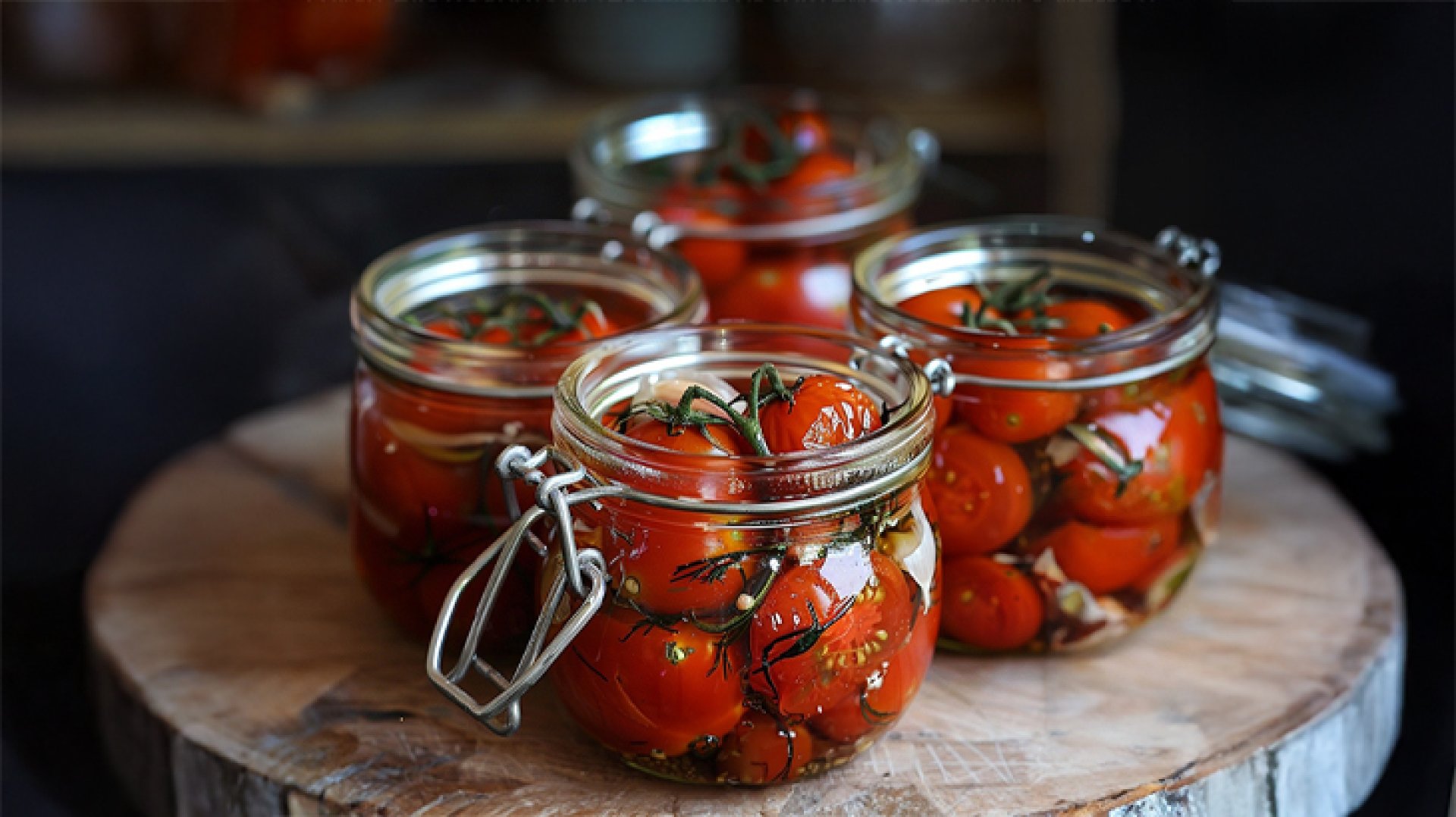Confit

Confit is an ancient French culinary technique. It involves slowly simmering meat in fat at a low temperature for an extended period. The fat acts as a heat conductor, gradually permeating the meat, making it juicy and tender, and fully extracting its flavors and aromas. Today, Rimping Supermarket invites you to learn about this invaluable cooking method.
The Origin of Confit: From Gascony to Preservation in Fat
The word Confit comes from the French word Confire, meaning to preserve. Originally, this culinary technique was used as a method of food preservation by sealing food in fat. Its origins can be traced back to Gascony, a region in southwestern France.
The story goes that in the past, farmers in this region raised large numbers of ducks and geese. During the long winter months, when fresh ingredients became scarce, they devised the preservation technique known as Confit to preserve duck and goose meat. They drew inspiration from ancient civilizations that often preserved food by pickling it in oil.
Widespread Adoption and King Henri IV's "Confit de Canard" (Middle Ages - Renaissance)
Over time, during the Middle Ages, the Confit technique began to gain more recognition among French nobility. They discovered that not only did this technique preserve food, but it also made the meat incredibly tender and flavorful. The popular dish at the time was Duck Confit, or Confit de Canard.
It is said that King Henri IV of France, who was from Gascony, greatly enjoyed duck confit. Legend has it that when he ascended to the throne and moved to Paris, he longed for this dish intensely. His craving sparked a widespread popularity of Confit throughout France, with reports of nobles bringing barrels of duck confit from Gascony to Paris to satisfy his desires.
By the Renaissance era, the Confit technique transcended its origins as a mere preservation method and became a French delicacy. French chefs refined the technique, perfecting the balance of flavors and cooking times. They also elevated this technique by incorporating it into haute cuisine and showcasing its versatility in a myriad of dishes.
Confit in the Modern Era: Global Reach and Innovative Applications
Although advancements in food preservation technology have made the Confit technique less of a necessity, its culinary charm endures. Modern chefs continue to experiment with new meats and ingredients, such as pork, beef, chicken, rabbit, as well as vegetables and fruits.
Over time, the influence of Confit spread globally. Chefs in various regions began adapting the technique to suit local tastes and ingredients. For example, in Italy, Confit is often used to prepare Coniglio in porchetta (rabbit cooked in the Porchetta style), while in Spain, there's also a duck confit dish called Confit de pato, often served with traditional tapas.


